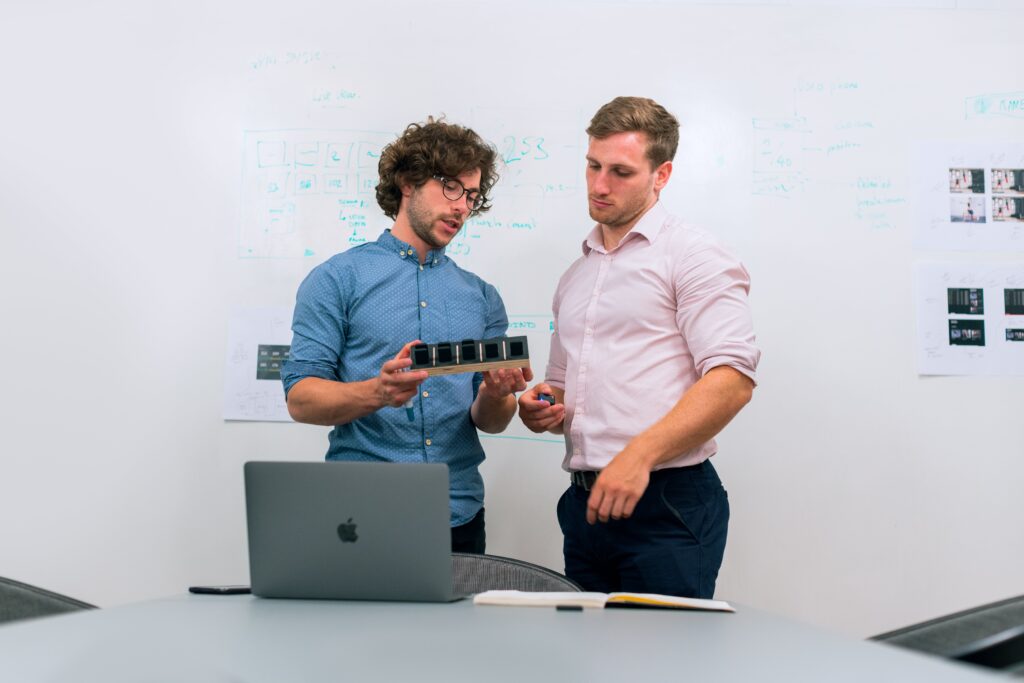Product development is a multifaceted process that lies at the heart of innovation and business growth. It is a systematic approach that transforms ideas into tangible, market-ready offerings. In essence, it is the strategic and creative journey that bridges the gap between conception and consumer adoption.
Defining Product Development
Product development encompasses the entire lifecycle of a product, from ideation to market launch and beyond. At its core, it involves the creation, design, testing, and refinement of a product to meet the needs and preferences of the target audience. It is not a linear process; rather, it is an iterative cycle that requires collaboration across various disciplines, including engineering, design, marketing, and manufacturing.

Key Stages of Product Development
- Idea Generation and Conceptualization: The journey begins with the identification of a need, a problem, or an opportunity in the market. This stage involves brainstorming and researching to generate ideas that address the identified gaps. Concepts are then developed to outline the basic features and functionalities of the product.
- Feasibility Analysis: Before diving into development, it is crucial to assess the feasibility of the product. This includes evaluating technical, economic, and legal aspects to determine if the idea is viable. A thorough analysis helps in identifying potential risks and challenges that may arise during development.
- Design and Prototyping: Once the concept is validated, the design phase begins. Engineers and designers collaborate to create detailed plans and specifications. Prototypes are developed to provide a tangible representation of the product. This stage allows for testing and refining the design based on user feedback and technical feasibility.
- Testing and Iteration: Rigorous testing is conducted to ensure the product meets quality standards and user expectations. Feedback from testing informs necessary adjustments and refinements. This iterative process continues until the product achieves the desired level of functionality, usability, and reliability.
- Production and Manufacturing: With a finalized design, the focus shifts to mass production. Manufacturers are engaged to produce the product at scale. Efficient production processes, quality control measures, and supply chain management are critical components to ensure a smooth transition from prototype to market-ready product.
- Marketing and Launch: A well-executed marketing strategy is essential to introduce the product to the target audience. This involves creating awareness, generating interest, and communicating the value proposition. The launch phase is a pivotal moment that requires coordination between marketing, sales, and distribution channels.
- Post-Launch Support and Optimization: The product development journey doesn’t end with the launch. Ongoing support is necessary to address customer inquiries, provide updates, and gather insights for future improvements. Continuous optimization based on real-world usage and feedback ensures the product remains competitive and relevant in the market.
Importance of Product Development
- Innovation and Competitive Advantage: Product development is the engine of innovation, allowing companies to stay ahead of the competition by introducing novel solutions and features.
- Meeting Customer Needs: Understanding and addressing customer needs are central to successful product development. This customer-centric approach ensures that products resonate with the intended audience.
- Business Growth and Sustainability: Well-executed product development strategies can drive business growth by expanding product lines, entering new markets, and securing customer loyalty.
- Risk Mitigation: Rigorous testing and iterative development help identify and mitigate potential risks early in the process, reducing the likelihood of costly setbacks post-launch.
Conclusion
In the dynamic landscape of business, product development serves as a catalyst for growth and innovation. It is a holistic, collaborative process that transforms ideas into tangible, market-ready products. Successful product development requires a combination of creativity, technical expertise, market insight, and a relentless commitment to meeting customer needs.
As companies navigate the complexities of product development, they pave the way for a future where innovation thrives and consumer expectations are exceeded.